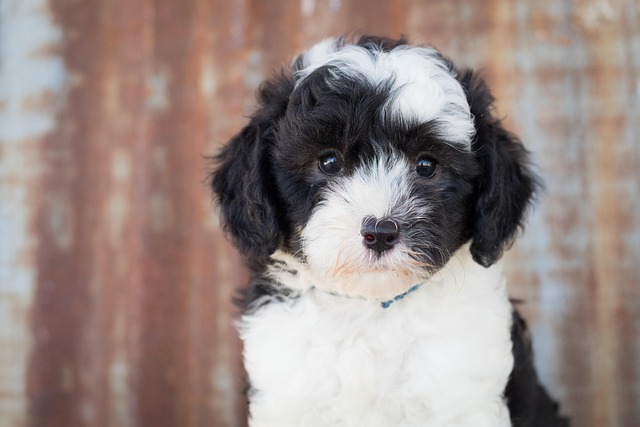
What is the hardest dog to take care of?
Trying to figure out which dog is the toughest to care for? It’s not a one-size-fits-all answer. But certain breeds demand more time, patience, and resources than others.
Wondering how often to give your pitbull a bath? You’re not alone. As a pitbull parent myself, I know the struggle of balancing a clean dog with maintaining healthy skin. Let’s dive into the factors that determine the perfect bathing schedule for your energetic furball.
First off, pitbulls have short coats but that doesn’t mean they need less attention. Their skin produces natural oils that protect against bacteria, and over-bathing strips these essential defenses. Think of it like washing your hair every day—your scalp starts overproducing oil to compensate. Most vets recommend bathing pitbulls every 4-6 weeks under normal circumstances.
But life with a dog is anything but normal! If your pup loves rolling in mud or spends a lot of time outdoors, you might need to break out the shampoo more often. Just make sure to use a gentle, pH-balanced dog shampoo formulated for sensitive skin. Avoid human products; they can disrupt your dog’s skin barrier and cause itching.
 For pitbulls with skin conditions like allergies or hot spots, the rules change. In these cases, your vet may prescribe a medicated shampoo and a strict bathing routine. It’s crucial to follow professional advice—skipping treatments can make issues worse, and overusing certain products may lead to legal issues if they violate local animal welfare regulations.
For pitbulls with skin conditions like allergies or hot spots, the rules change. In these cases, your vet may prescribe a medicated shampoo and a strict bathing routine. It’s crucial to follow professional advice—skipping treatments can make issues worse, and overusing certain products may lead to legal issues if they violate local animal welfare regulations.
Another factor is climate. Dogs living in humid areas tend to get dirtier faster due to sweat and environmental grime. In contrast, those in dry climates may develop flaky skin if bathed too frequently. Pay attention to your dog’s body language—excessive scratching or a persistent “doggy smell” are signs it’s time for a bath.
When bath time rolls around, create a positive experience. Use lukewarm water, start by wetting your dog thoroughly, and work the shampoo in gently. Don’t forget hard-to-reach areas like under the tail and between the paws. Rinse completely—any leftover shampoo can cause irritation. Finish with a quick towel dry followed by a blow dry on the lowest setting to prevent dampness that breeds bacteria.
Now, let’s talk legalities. While there’s no universal law dictating bathing frequency, animal cruelty statutes do exist. Neglecting basic hygiene to the point of visible dirt, matting, or skin infections can land you in legal trouble. Stay informed about local regulations regarding pet care standards, especially if you participate in dog shows or competitions.
In a nutshell, the ideal bathing frequency for your pitbull depends on their lifestyle, skin health, and environment. Err on the side of caution—you can always spot-clean between baths using pet wipes or a damp cloth. And remember, every dog is unique. With a little trial and error, you’ll figure out what keeps your pitbull clean, comfortable, and legally compliant.

Trying to figure out which dog is the toughest to care for? It’s not a one-size-fits-all answer. But certain breeds demand more time, patience, and resources than others.

When it comes to choosing a furry companion, one of the most common questions dog lovers grapple with is whether small dogs are healthier than their larger counterparts. It’s a complex topic that doesn’t have a one - size - fits - all answer,

Picture merging onto a Los Angeles freeway with your Labrador, Max, when sudden braking sends his 65-pound body lurching toward the dashboard.

You’re cuddling with your furry friend on the couch when you notice: their once - shiny coat now looks dull and feels like straw.

Imagine your French Bulldog, Buster, sunbathing on your Miami balcony. Those adorable wrinkles soaking up rays seem harmless—until he develops scaly pink patches on his belly.

Seeing your dog wince when they stand up or hesitate before climbing the stairs tugs at your heartstrings. Arthritis is a tough battle for many senior dogs and large breeds, but you don’t always need prescription meds to offer relief.